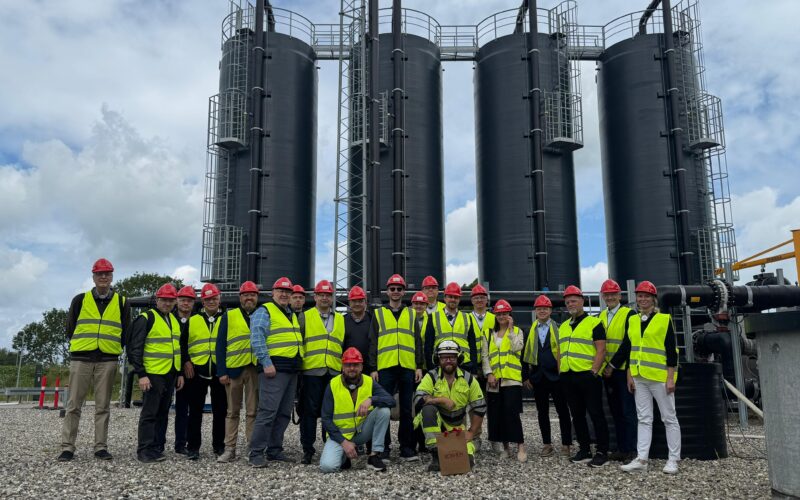Straw for bioenergy: A biogas plant in Bulgaria by Host
With around 13 percent of the global cereals production in 2013, the European Union (EU) is also one of the largest straw producers. Most of this straw is still unused, but its energy potential is extremely important.
The annual cereal production results in enormous amounts of straw as each ha of cereal generates between 2 and 3 tonnes of straw. In fact, most of the straw has no direct application but is directly ploughed under.According to Netherlands-based biogas technology developers HoSt, one tonne of digested straw can yield 300 – 400 Nm3 of biogas which, if upgraded is about 180 – 250 Nm3 biomethane or fossil gas equivalent.
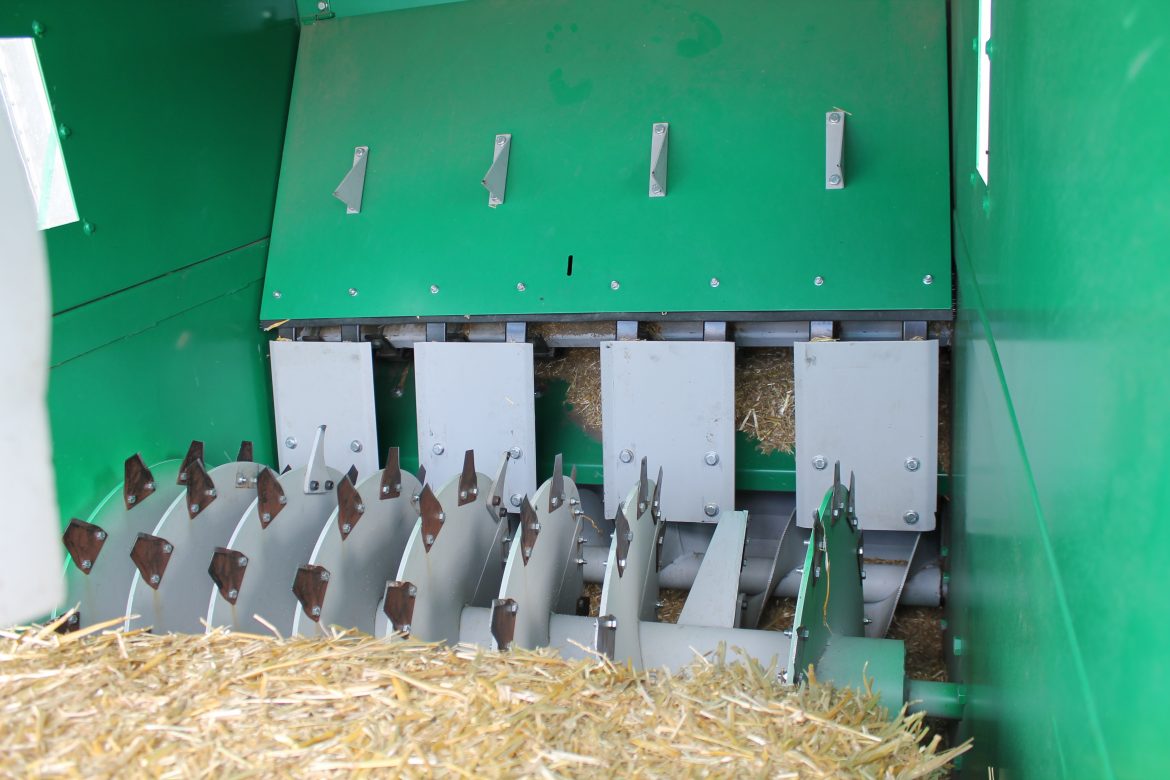
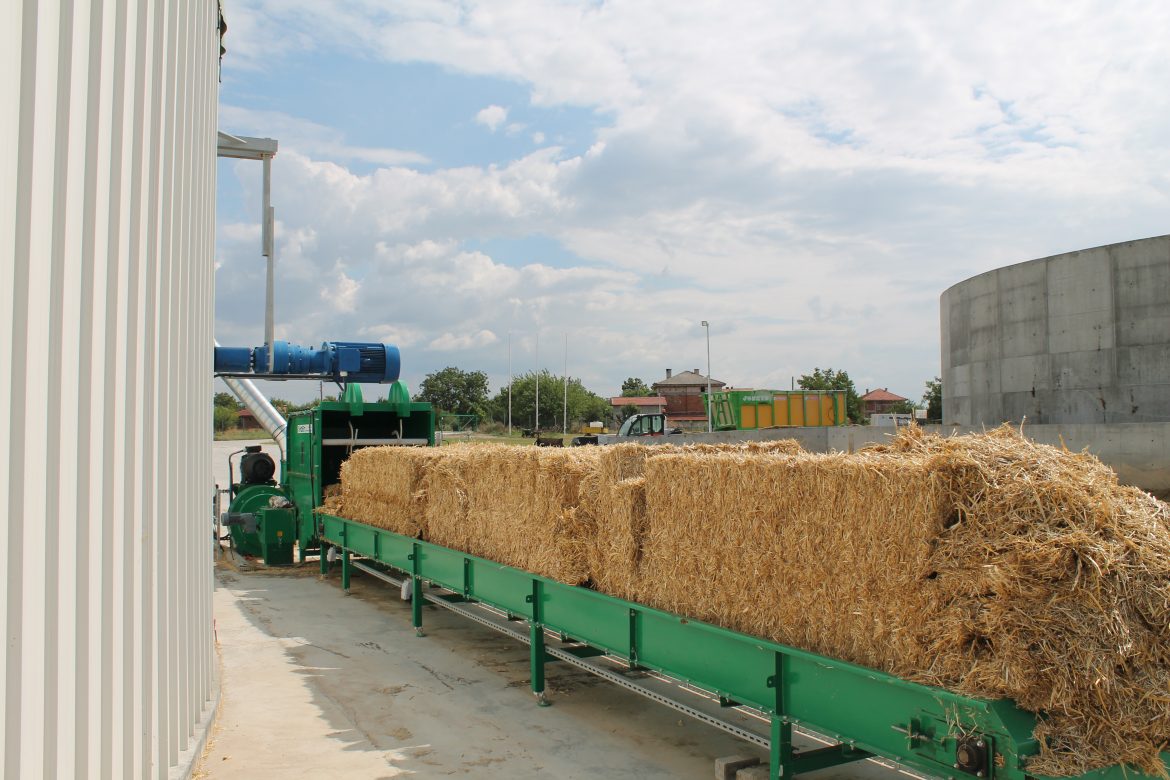
The energy use of straw
There are four energy conversion pathways for straw:
- fermentation for liquid biofuels;
- anaerobic digestion for biogas;
- combustion for heat and/or power;
- gasification for syngas.
The biogas production is becoming more and more relevant during the process of the abandonment of Russian natural gas and the introduction the policy of combating climate change.
Currently, we can build anaerobic digestion plants using only agricultural residues as input streams, without the need for dedicated energy crops.
Read about the difficulties with using straw as an energy source on the SAF platform.
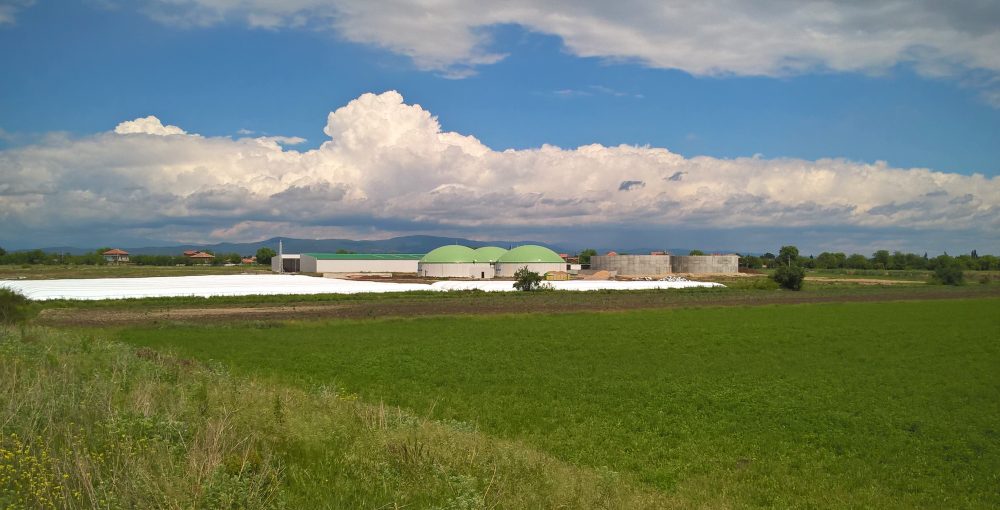
Biogas plant in Bulgaria
The company operates a 1.5 MW manure-based biogas plant in Bulgaria with a dedicated straw input system. It was the first biogas plant in which large amounts of straw are fed. The 1.5 MWe capacity plant uses around 50 000 tonnes per annum of cow slurry co-digested with maize silage and straw.
The Chernozemen facility consists of a dedicated solid feeding system, a liquid input system consisting of a pump and cutter, two 2 174 m3 digester tanks, a single 2 174 m3 post-digester tank, a separator system, after-storage tanks, and a building with a control and heating room, a 1.5 MWe gen-set and a room for the operator.
One of the striking features is the dedicated straw input system. Straw bales are placed on a large straw conveyor that can handle straw bales and feeds the bales to a bale breaker. Here the first initial size reduction takes place before a hammer mill. The hammer mill is sufficient to mill the straw enough to break its tubular structure to prevent floatation. Tests were conducted with different sieve sizes to find the optimal particle size for the digestion process.
Apart from the feeding system, the digester tanks are optimized for the digestion of straw. A special paddle mixing technology combined with propeller mixers ensures that no floating layers are formed.
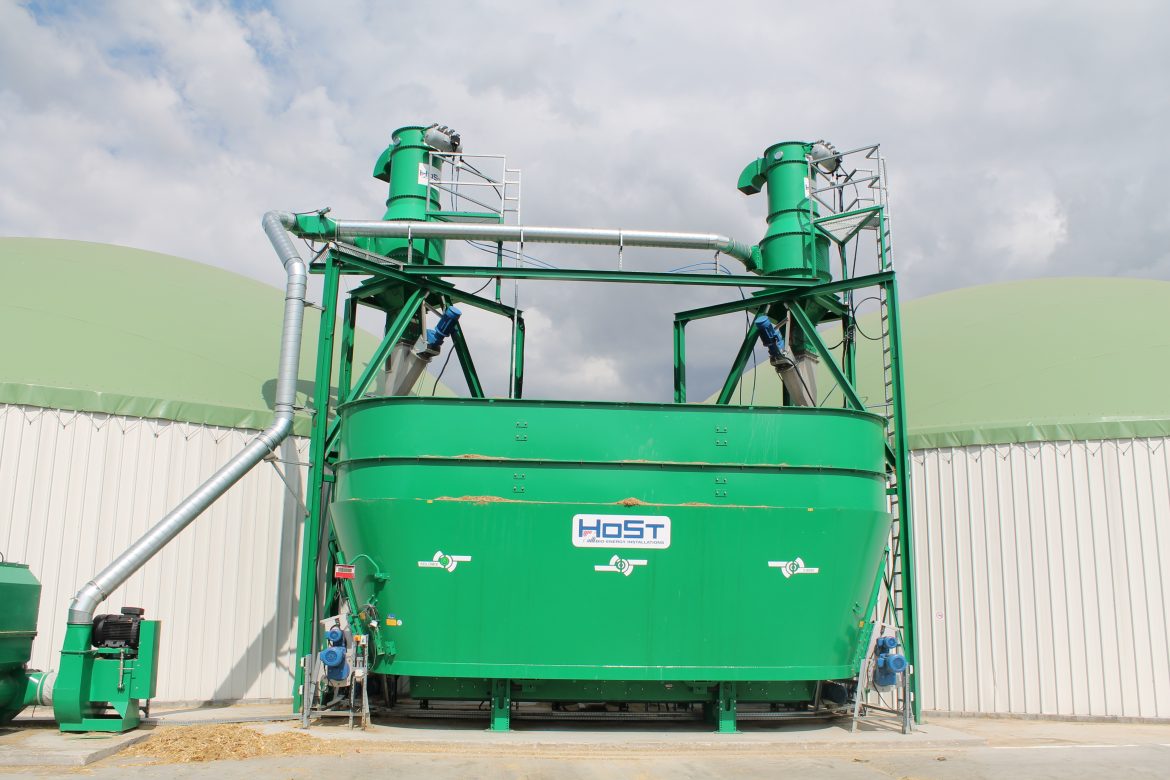
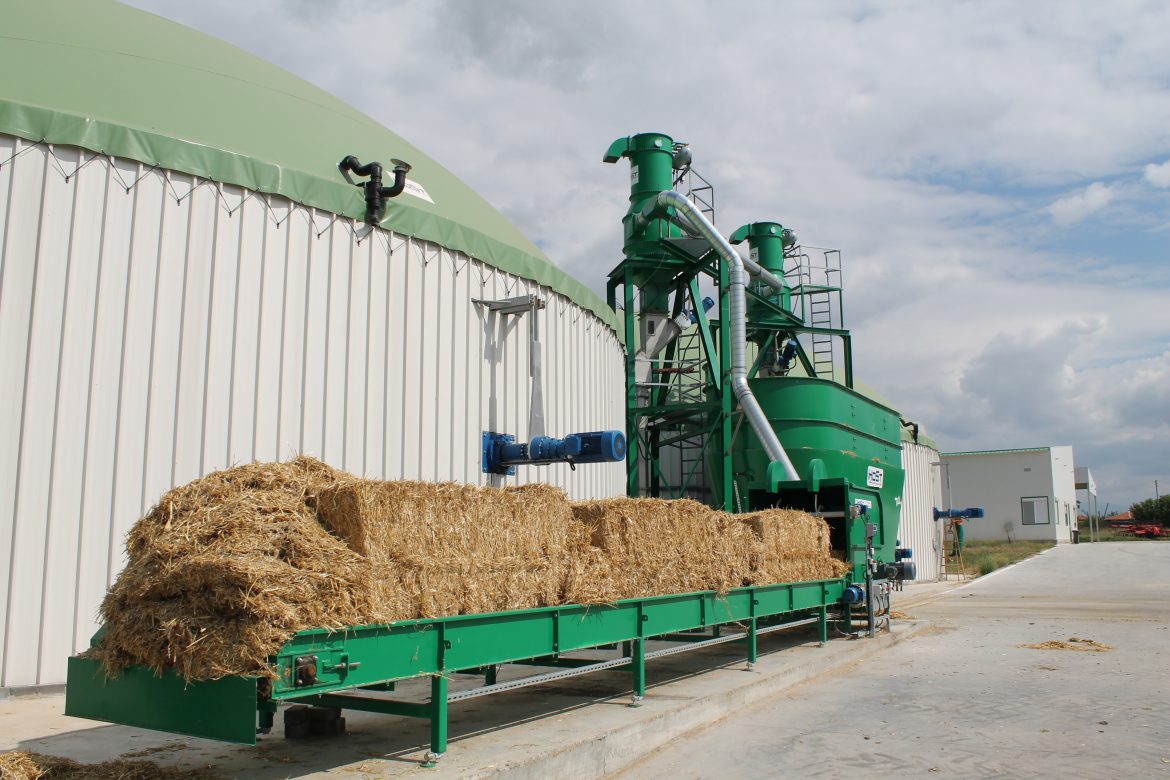
You will also find information on the further nutrient capture on the SAF platform.
Source: The article “Straw for bioenergy: A biogas plant in Bulgaria by Host” on the SAF platform.
SAF is a communication platform that brings together agribusiness stakeholders and aims to establish strong links between market players and introduce sustainable approaches in agriculture.
For this platform, our team prepares verified professional content on the bioenergy sector.
We remind you that UABIO is a partner of the Sustainable agribusiness platform (SAF).


